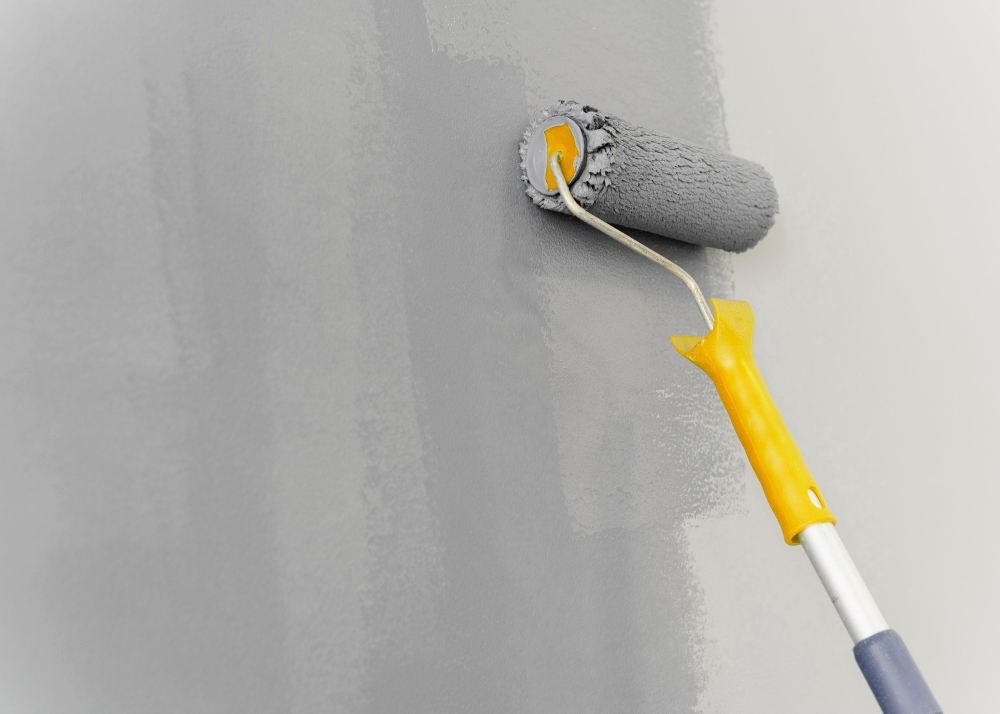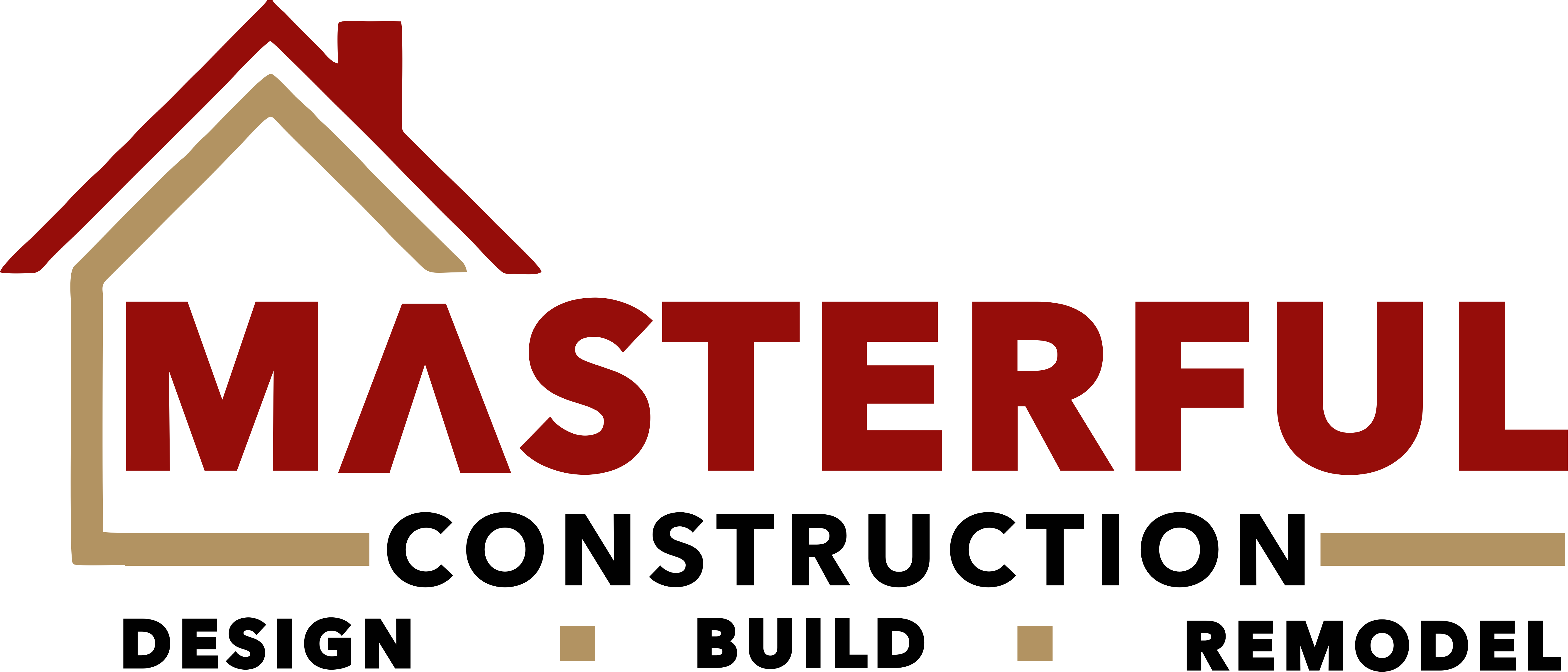Remodeling your home can be a daunting task, especially when you are concerned about the expenses it may incur. However, revamping your living space doesn’t have to cost you a fortune. With careful planning and smart choices, you can achieve a stunning transformation without breaking the bank. Here, we will guide you through several budget-friendly remodeling strategies, proving that a cost-effective approach can still create impactful changes.
Prioritize Your Projects
First things first: not all remodeling projects need to be done at once. Consider your budget, evaluate each room’s condition, and prioritize the most urgent projects. Perhaps the bathroom needs a serious upgrade, or maybe it’s the kitchen that could use a new look. Once you have a clear vision of your priorities, you can allocate funds accordingly and avoid unnecessary expenses.
Repaint to Refresh
One of the most cost-effective ways to transform your space is with a new coat of paint. It’s remarkable how different a room can look with just this simple change. You can choose neutral tones for a calming effect or go bold with vibrant colors for a more dynamic ambiance. Remember to prep your walls correctly for the best result, and if you’re handy with a brush, doing it yourself can save on labor costs.

DIY Vs. Professional Services
While hiring professionals ensures a smooth finish, it can significantly increase your remodeling expenses. For simple tasks, like painting, installing shelves, or even laying new flooring, consider a DIY approach. Many online tutorials and resources can guide you through these processes. However, for more complex tasks involving plumbing or electrical work, hiring a professional is worth the expense to avoid future complications.
Upcycle and Reuse
Before you rush to buy new furniture or decor, look around your home for items you could upcycle. A vintage chair can be reupholstered, or a worn-out table could be sanded and stained for a fresh look. You could even repurpose items; for example, an old ladder could become a unique bookshelf. This approach not only saves money but also adds a personal touch to your space.
Shop Smart for Materials and Furniture
When purchasing new items for your home, think about the long-term value. While some affordable items may seem like a steal, they might not be durable and could end up costing you more in the long run. Look out for sales and discounts at your local home improvement stores, or explore online marketplaces for secondhand items in good condition.

Economical Kitchen and Bathroom Upgrades
Kitchen and bathroom remodels can be expensive, but there are ways to save. Instead of replacing all your cabinets, consider refacing or painting them. Switching out hardware like drawer pulls or faucets can make a big difference for a relatively small cost. Also, opt for cost-effective countertop materials like laminate or tile, which can mimic the look of more expensive materials like granite or marble.
Energy-Efficient Improvements
Finally, consider implementing energy-efficient improvements. LED lighting, programmable thermostats, and water-saving fixtures can reduce your utility bills in the long run. While these upgrades may have a higher initial cost, they will pay off over time.
Conclusion
Budget-friendly remodeling is all about making smart choices, upcycling, and taking a hands-on approach when possible. It may take some creativity and a little extra work, but the end result will be a refreshed, revitalized living space that didn’t break the bank. The key is to be patient, plan carefully, and never underestimate the power of small changes. With these tips, you’re well on your way to a successful, affordable remodel.

